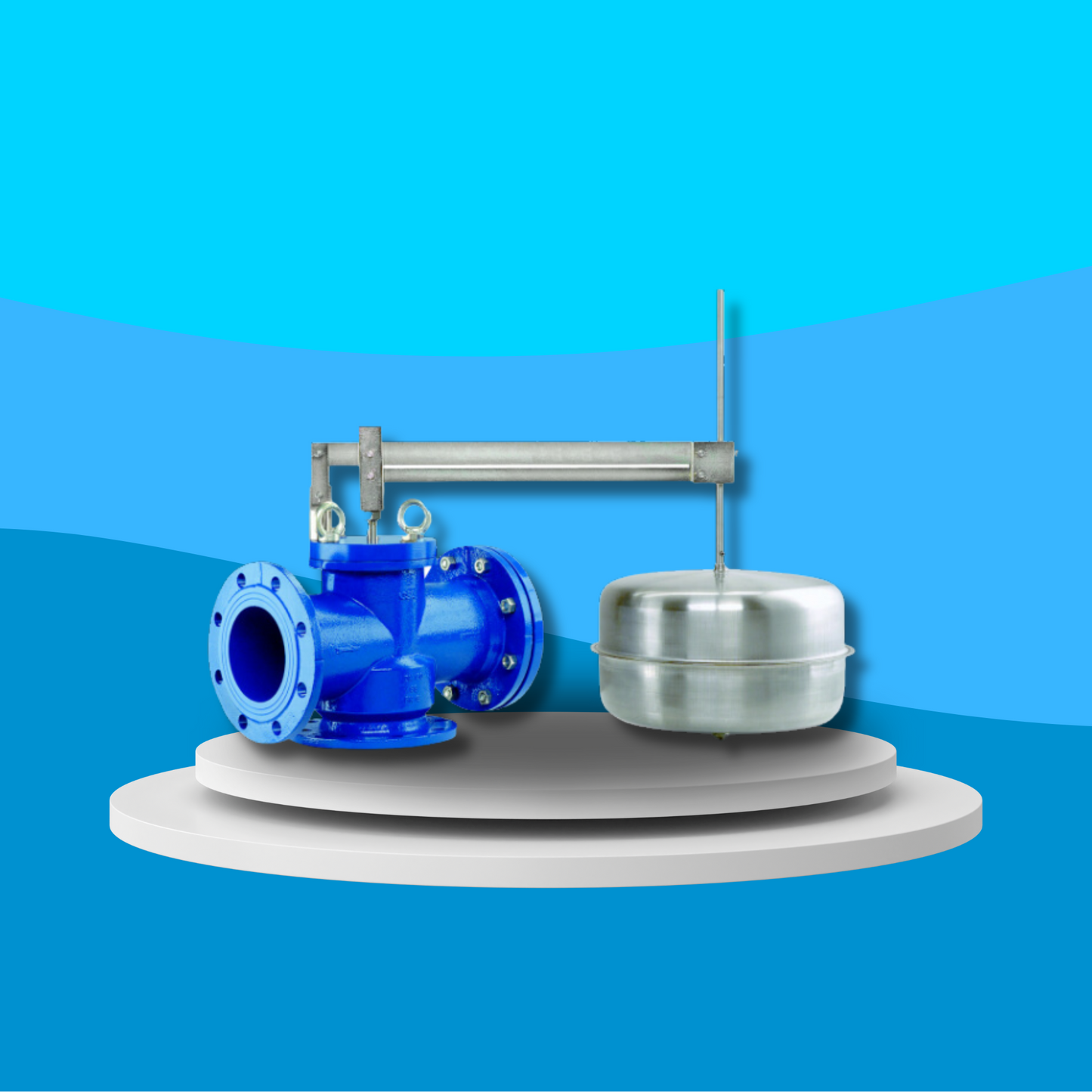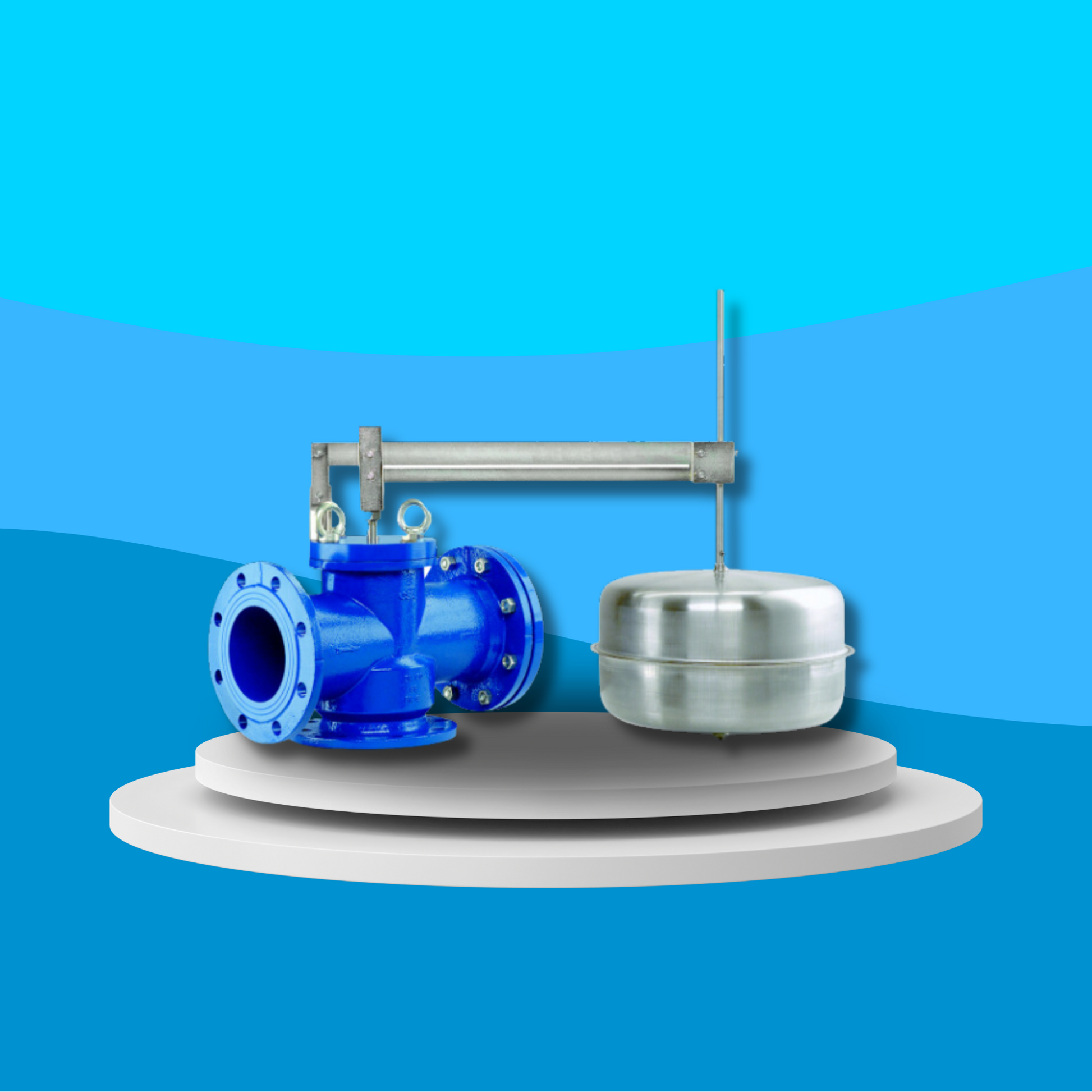Wras Valves
WRAS Approved CSA Flanged Ductile Iron Float Valve
WRAS Approved CSA Flanged Ductile Iron Float Valve
Couldn't load pickup availability
WRAS Certified
Introducing the WRAS Approved CSA Flanged Ductile Iron Float Valve, engineered to deliver exceptional reliability and performance in water supply and distribution networks. These valves feature a robust piston design and a ductile iron body, allowing for both angled and straight outlet configurations. The valves are built to operate within a temperature range of 0°C to 60°C and can withstand pressures up to 16 bars. Each valve comes equipped with a stainless steel, adjustable compensator and float, and a rotative shaft that can be set at 45° or 90° angles. Finished with a durable blue RAL 5005 epoxy coating, these valves ensure longevity and consistent performance.
Key Features:
- WRAS Approved: Certified to meet stringent WRAS standards for water safety and quality.
- Reliable Performance: Features a highly reliable piston design for superior performance.
- Durable Construction: Made from ductile iron with a durable blue RAL 5005 epoxy coating.
- Versatile Outlet Configuration: Allows for both angled and straight outlet configurations.
- Wide Operating Range: Functions effectively within a temperature range of 0°C to 60°C.
- High Pressure Capacity: Can handle pressures up to 16 bars.
- Adjustable Components: Equipped with a stainless steel, adjustable compensator and float.
- Flexible Shaft Angles: Rotative shaft can be set at 45° or 90° angles for versatile installation.
Specifications:
- Material: Ductile Iron
- Approval: WRAS Approved
- Design: Reliable piston design
- Outlet Configuration: Allows both angled and straight configurations
- Operating Temperatures: 0°C to 60°C
- Pressure Capacity: Up to 16 bars
- Compensator: Stainless steel, adjustable
- Float Material: Stainless steel AISI 304
- Shaft: Rotative with angles at 45° or 90°
- Paint: Blue RAL 5005 epoxy coating
- Applications: Water supply and distribution networks
- Installation Note: Ensure float has free movement; do not cut lever arm
Share

FAQ's
What is the difference between a valve and an actuator?
What types of actuators are available?
The main types of actuators are:
Pneumatic actuators – use compressed air for fast, reliable operation.
Electric actuators – use electrical power for precise control.
Hydraulic actuators – use fluid pressure for high-torque applications.
Each type offers unique advantages depending on the environment, media, and system control needs.
How do I choose the right actuator for my valve?
To select the correct actuator, consider:
Valve type and torque requirement
Power source available (air, electric, or hydraulic)
Operating environment (temperature, humidity, hazardous area)
Control signal type (on/off or modulating)
Matching actuator torque and compatibility with the valve’s ISO mounting ensures reliable performance.
What are the main types of valves used in automation?
The most common valves in automated systems include:
Ball valves – for tight shutoff and quick operation.
Butterfly valves – for larger flow control with compact design.
Globe valves – for precise throttling and flow regulation.
Check valves – to prevent backflow.
Gate valves – for full bore flow isolation.
What’s the difference between a double-acting and spring-return actuator?
Double-acting actuators use air (or power) to both open and close the valve.
Spring-return actuators use air to open (or close) the valve, and a built-in spring to automatically return it to a safe position when power or air is lost — ideal for fail-safe operation.
How often should valves and actuators be serviced?
Regular maintenance intervals depend on operating conditions, but a good rule of thumb is to inspect every 6–12 months.
This includes checking for leaks, lubrication, seal wear, and actuator responsiveness to prevent unexpected downtime.

